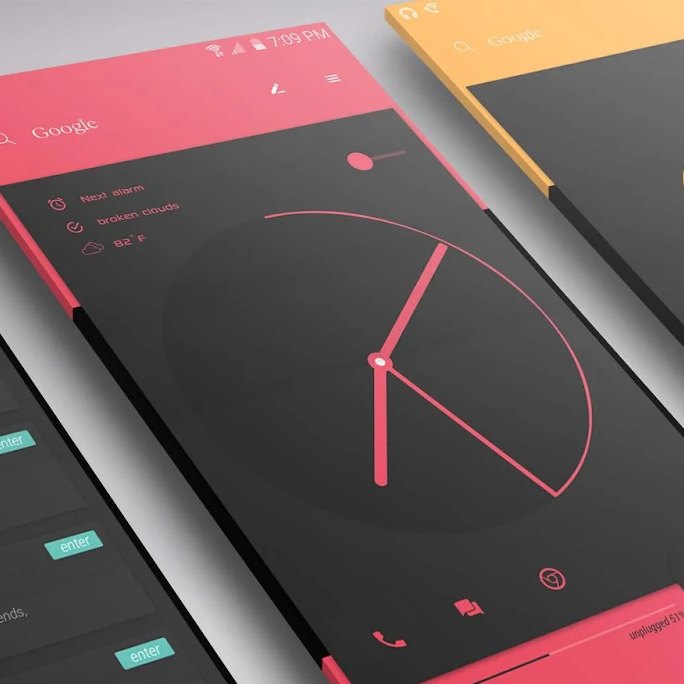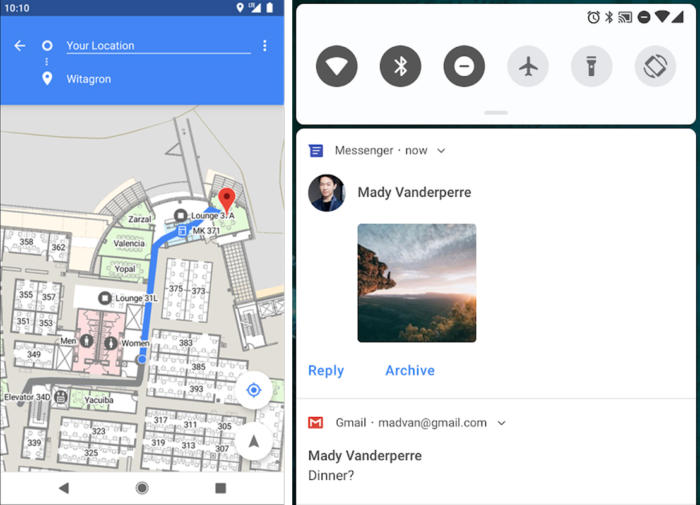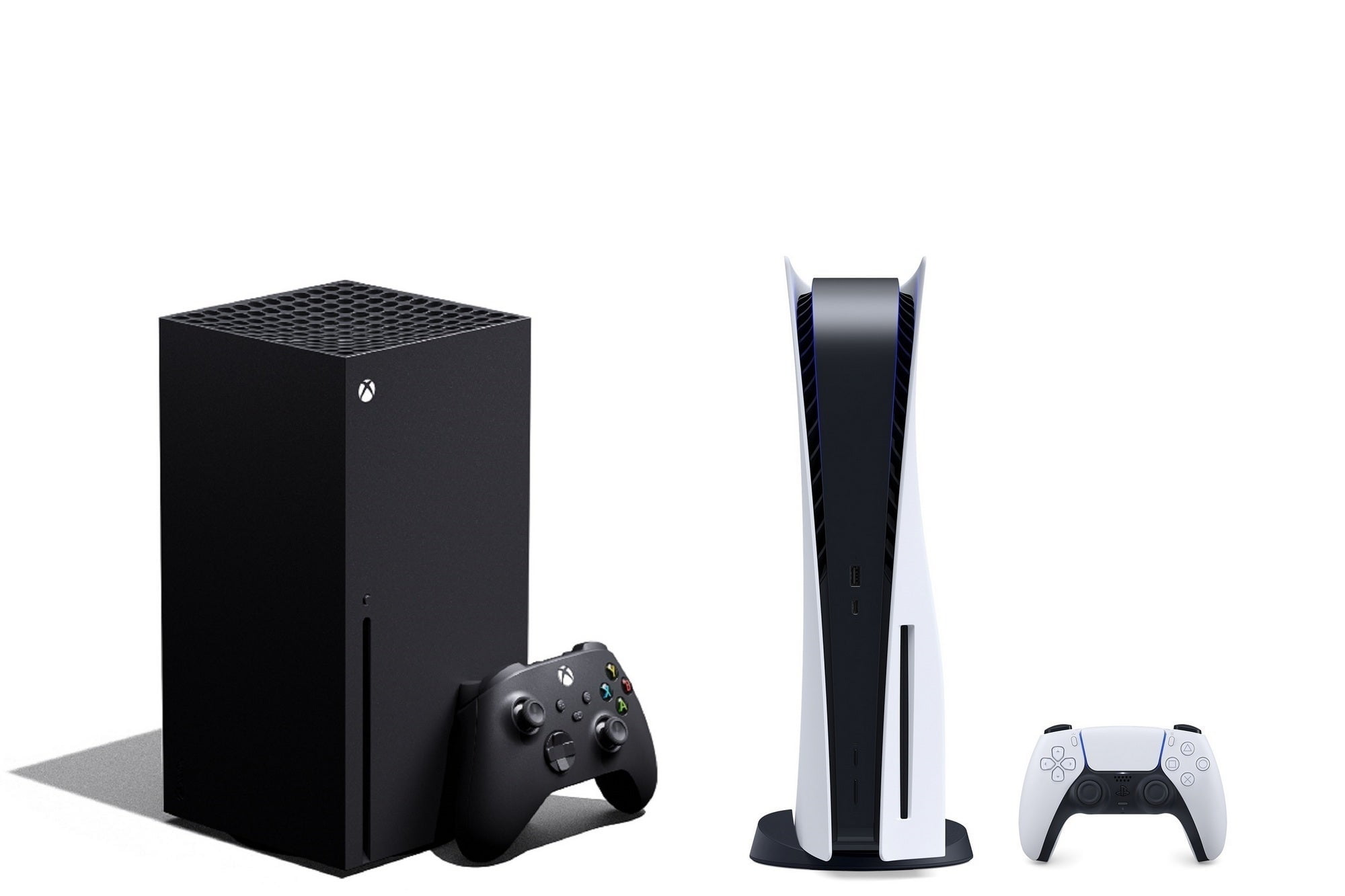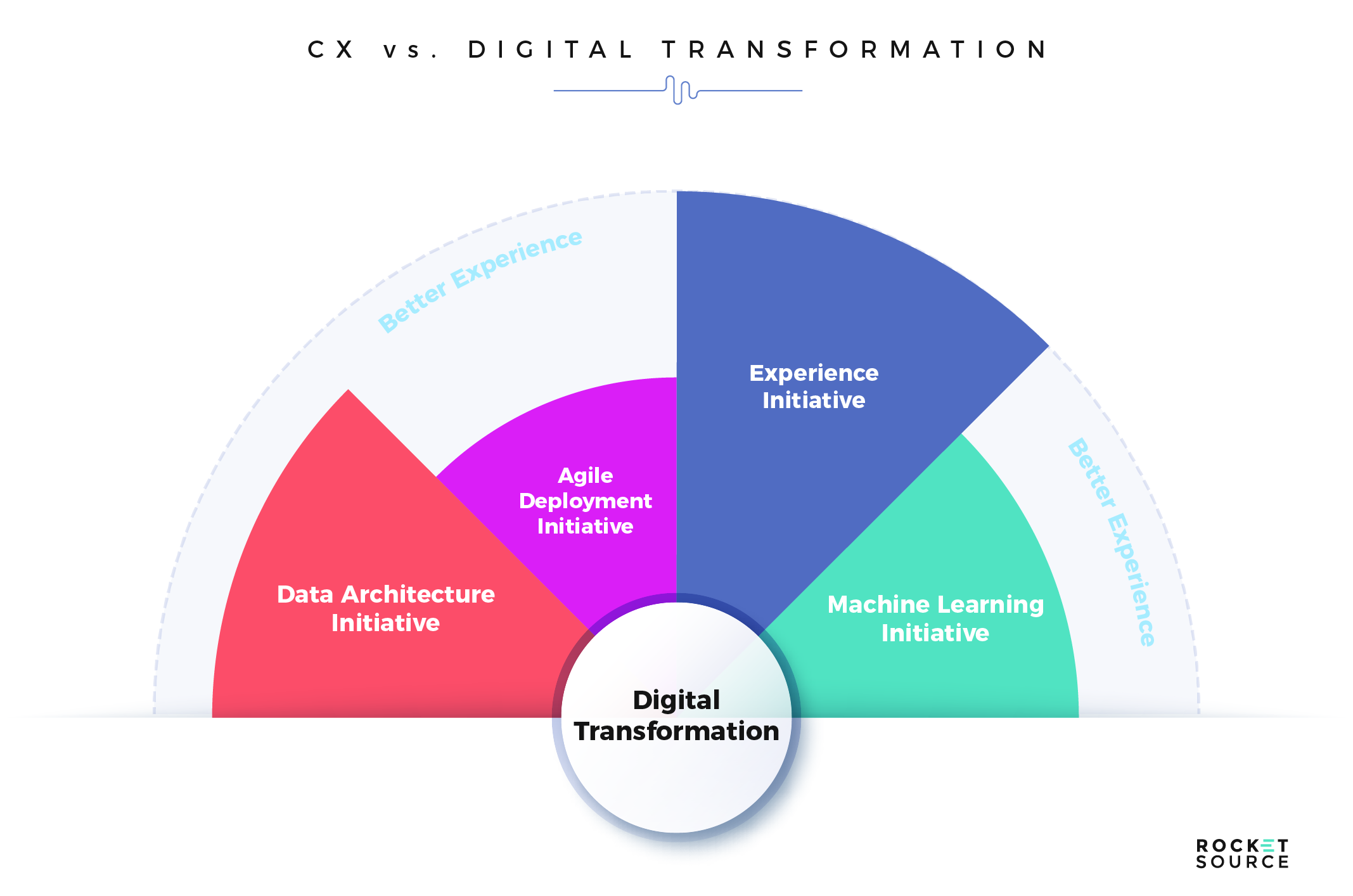As the fiscal year comes to an end, and companies make way into the new year, Google has dished out the latest offering in the form of a developer version of its new cellular operating system. Android P, as its is being called as of now, has got the tech community all excited. Heres what we know so far. Google has released this version strictly for developers and this is in no position to run the daily driver version of your smart mobile device. Now that the disclaimer has been put forward, let analyse the basics.

In the user interface department, structurally no major change is being seen on the OS. Its more of a “Look and Feel” upgrade we reckon. Notification system has been tweaked. Message notifications now show the last messages and give the user an ability to “quick reply” in the notification drop down itself. Settings menu is cleaner and crispier than before. Icons in the settings tab get colour. Quick settings menu corners are rounded. Volume slider menu shifts from top of the screen to a vertical bar in the middle side screen position. So do the silent/vibrate buttons and the power on and off tab on the screen.

From a UI standpoint, the topic that is being discussed the most is on screen notch. Following the footsteps of the mighty X from Apple, Google gives its UI a “customisable notch” on screen, depending on the Android device one might use in the future. And that is going to be a regular in the phones that get released this year. The Android P can be customised to have a notch as small as the one seen on the Essential Phone to as big as the Apple X itself.
Software updates though, being as less as they are, disappoint at some level. There have been radical improvements in the years past. The biggest disappointment though is, the Android P still doesn’t support multi window like the one Oxygen OS supports on the One Plus 5 and 5T. But maybe they are still working on it. However, there is a screen rotation on “use by use” option. So even if your phone is set to portrait mode, you can tilt and activate “rotate screen” for certain apps like youtube etc.
Android P comes with a built in support for High Dynamic Range (HDR) VP9 Profile 2. In addition to that, it provides support for HEIF image encoding formats, because I guess folks at Google have made up their mind about JPEG format getting obsolete in the near future.
Another big feature in the brand new OS, is the Indoor Positioning System with WiFi RTT which is accurate to locating the device about a couple of meters in terms of precision GPS. But in all honestly, since this system uses WiFi triangulation, for us users in India, we will struggle with this feature, given the low band infrastructure we are forced to operate the device and internet on it.
Other API upgrades are, built in Image Decoder for Bitmaps, Animations etc. but mostly that is for Application designers & developers, for whom this version has been launched in the first place.
Security wise there, seem to have been some radical steps taken by Google. The most talked about feature is that the P will block out access to sensors, microphone and camera to applications running in the background. Conspiracy theorists can now take a breather. Additionally, the P will also fake MAC addresses when you are connected to a public WiFi, thereby making it difficult for someone to trace you and hack into your details. The upgraded security will also protect the UDI information better, which will deter bogus transactions and frauds on the platforms like Google Playstore, Google Music, etc.
Connectivity has been beefed up as well. This new OS allows you to connect 5 different Bluetooth Audio devices to your phone simultaneously.
All in all, it looks promising. A step in the new direction if you must. But since this is a developer version, and the first DV in a line of many DVs to be realised in the coming months, there will be additions and subtractions to this OS. Google says the final product will be available for the end user, sometime in the third Quarter this year. And it will be first seen in the Pixel line up. But we are sure that a lot of deadlines and targets would have changed in the next six months and there might even be a release for Nexus variants by then as well.







